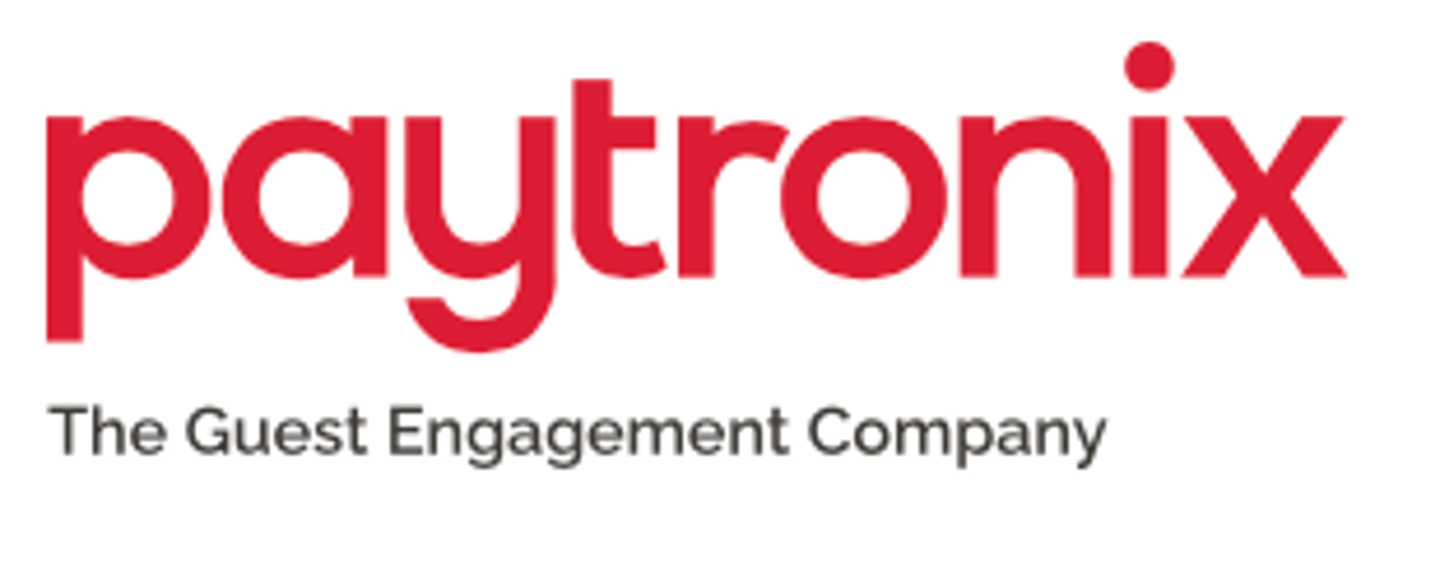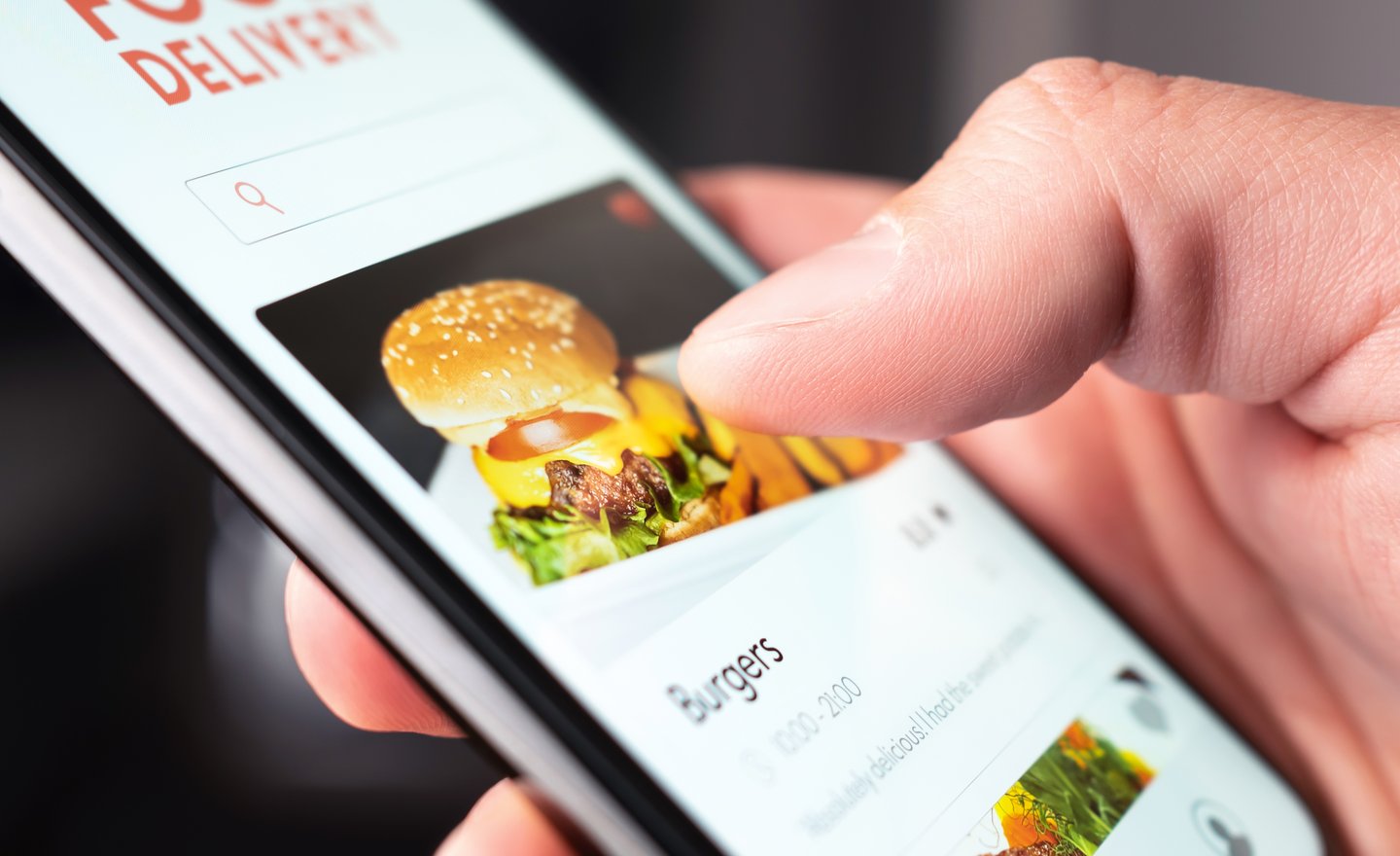Trend Report: How to Build an Effective Restaurant App
Many of the potential benefits of developing a branded restaurant app are self-evident — including enhanced customer experience, more efficient operations, and the bigger basket sizes associated with digital ordering. But there are critical considerations prior to development and deployment that can make the difference between a truly gane-changing app and a ho-hum (or worse) afterthought.
“Because a restaurant app is a customer-facing extension of the brand, it should convey the spirit of the brand and provide consistent and accurate information,” says Daniel J. Connolly, Dean of the School of Business, St. John Fisher University. “And because the app is likely replacing some staff interactions, it is important to consider how guests will be recognized and the extent to which the app can be customized and personalized to each guest.”
Truly offering the necessary functionality and appropriate aesthetic for your restaurant requires following some best practices, carefully honing the user interface, and integrating loyalty and communication tools seamlessly.
Here, we dig into the app-development process, with critical insights from HT’s MURTEC Content Council.
Executive Q&A: Maximizing Guest Engagement
LEARN MORE
Best Practices
“Build for what your customers need, and make it as simple as possible,” advises Clark Matthews, VP of IT, El Pollo Loco. Indeed, brands that draft their wish list based only on their own goals (such as revenue enhancement and growing a loyalty program) risk missing opportunities to give customers the in-app experience they crave. The good news is: “There are plenty of semi-customizable white label or white label+ options on the market,” says Matthews. “If you or your team do not have the necessary expertise in areas such as security, the changing needs of the app publishers like Apple and Google, privacy legislation, ADA, PCI, and more, you should acquire consultation services where needed.”
Tom Seeker, Chief Information Officer, Earl Enterprises, says, “Consider vendors who can provide rapid integration with loyalty, CDP, and off-premise solutions, and try to be POS agnostic where possible. Cloud-based solutions offer more flexibility, whereas hard-coded solutions are often software-specific, which precludes flexibility.”
Integration with a robust loyalty platform allows restaurants to reward customers for frequent orders and referrals, and to offer exclusive app-only discounts. And seamless integration with POS streamlines order processing and accuracy.
Benefits of an Intuitive User Interface
It is critical for a restaurant app to allow customers to effortlessly browse an easy-to-use menu, place orders, and make secure payments (including multiple payment options).
“A user-friendly, intuitive UI for ordering, and a simple checkout process are the most important aspects of app design from a consumer standpoint,” notes Matthews. “The least friction possible on account creation, ordering as a guest, and menu navigation with as few clicks/taps as possible.”
Seeker concurs, noting, “Simply put, if it is not intuitive, customers will not use it. Make it behave like the solutions offered by the large restaurant chains — because they work.”
Location-Based Marketing
“Geo-location features can be useful for further enhancing the user experience, including targeted and contextually relevant push notifications about special promotions and discounts,” says Connolly. “This can also be useful for notifying restaurant staff of someone's impending arrival for food pick-up.”
Seeker believes geo-location can be integral to the better understanding of who your customer is and where they live: “Data is king. Where customers live impacts where and how they spend their money. Limiting where you spend your marketing dollars to the best of your ability saves you money.”
Key Takeaways
An effective restaurant app demands strategic deployment of technology to retain and enhance a brand’s core values.
“When developing a restaurant app, one should focus on simplicity and utility from the guests' point of view,” affirms Connolly. “This means that the app must fulfill guest needs and accomplish tasks in a convenient and efficient manner, such as few keystrokes and minimal data entry. The app must transact business in a manner that is natural and logical for guests. An app must clearly add value and usefulness in order to inspire guests to download it.”
Connolly suggests some questions for restaurant technology professionals to consider when assembling a branded app “wish list”:
- Does it save the guest time and/or money?
- Is the app more convenient than other channels?
- Does the app offer perks, upgrades, or other app-exclusive benefits?







